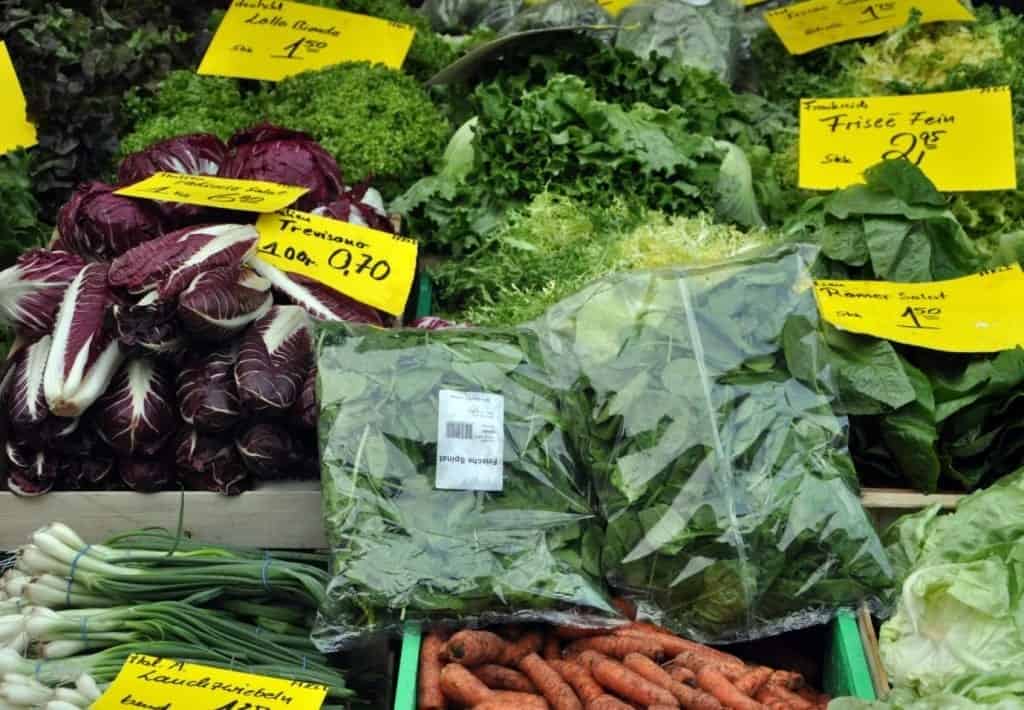Healthy Food Upgrades
I love to think about improving our diet with food upgrades to our daily choices. No banned foods or deprivation just small improvements made consistently that will help you get healthier and lose weight. Experiment with them and see which ones you’ll stick with.
Cauliflower for rice
Increase your fibre and nutrients while lowering your carbs and calories. Either grate the cauliflower or use a food processor to give you the rice size pieces. It can then be stir fried in a little coconut or olive oil for about 5 minutes. Alternatively, you can spread it out on a roasting tray with a drizzle of olive oil and roast for 10-15 minutes.
Zucchini for pasta
No more bloating and tired feeling after pasta. I love this upgrade and it can be made into many different “pasta” meals depending on how you prepare the zucchini. You can use a spiralizer, a mandolin, a normal peeler or a julienne tool. Zucchini pasta can be eaten raw, lightly steamed, stir fried in olive oil or cooked in the sauce.
Here’s an example of a recipe: Meatballs with vegetable ribbons.
Blended fruit for ice cream
My favourites are using frozen banana & mixed berries or frozen cherries with coconut cream. You’ll need a power blender for this or a juicer with the function to make the fruit ice cream. Leave the fruit out of the freezer for a few minutes so it softens a little before blending. Add some coconut milk if you need to make it easier to blend.
Vegetables for ½ the mince
When you make Bolognese or chili or any mince dish add in 50% of the volume as vegetables. Use onions, grated carrots and zucchini, mushrooms etc. This increases the nutrients and fibre as well as lowers the calories. Because the vegetables are grated they mix in and so fussy eaters may not even notice they are there. It’s a great way of getting extra vegetables into kids or even adults that don’t love their veggies.
Cauliflower for mashed potato
Same as for the rice, cauliflower is lower in carbs and calories. Just steam, add a little butter and mash just as you would potatoes.
Small coffee for large
Large coffees have so much milk and we just don’t need that many calories or that much milk. A small coffee ie an 8oz coffee is big enough. If you currently have sugar in your coffee it’s time to quit or swap for stevia. Another option is to go black instead of milky or do a half portion of milk.
Sparkling mineral water for soft drink
Soft drink really is not only empty calories but also a chemical overload for our bodies. They are very acidic and have no nutritional value, only add stress to our often already overworked detox system. Try swapping your soft drink for sparkling mineral water and a squeeze of fresh lemon juice or lime juice.
Whole fruit instead of juice
This way we get the fibre that fills us up and helps with bowel movements and reduces the sugar intake. Think how many oranges or apples it takes to make a glass of juice, it’s somewhere between 5-10 pieces of fruit. Obviously you’d never eat this much fruit in one sitting, you would be uncomfortably full but quite often we have a glass of juice with breakfast. Calorie and sugar overload.
Pan fry instead of deep fry
Pan frying reduces the calories and amount of oils we use. It’s also important to focus on the quality of the oil we use as vegetable oils like corn, sunflower, safflower and soy oil are inflammatory and not good for us. Ideally we pan fry with coconut oil, butter or ghee or even olive oil if don’t have the pan too hot. These oils are saturated fats or monounsaturated and not polyunsaturated like the vegetable oils.
Air popped popcorn instead of chips
We don’t want any hydrogenated fats in our diet and air popping corn means no fat at all but especially no trans fats, the most harmful fats in the diet. Air popped corn gives a crunchy fun snack without the bad fats. Don’t eat microwave popcorn however, as the FDA has identified PFOA, the chemical coating used in the bags, as a likely carcinogen that breaks down when heated.
Oats instead of sugary cereal
Many of the refined cereals on our shelves are very high in sugar. Using straight oats means no added sugar. They also have the benefit of having beta-glucan, a fibre known to help lower cholesterol levels. They very versatile at breakfast. You can have porridge in the winter and muesli in the summer or my favourite is soaking the oats overnight and making a bircher muesli. I like to add in nuts, seeds and use any kind of milk or yoghurt, plus a serving of fruit, like grated apple or berries.
Small plate instead of large
This recommendation isn’t specifically about food upgrades but it can be very helpful. Portion sizes have grown over the last 40-50 years and the quantity of food is generally too big these days. Studies show we eat more when using a larger plate or bowl so try going smaller and see if it helps you eat less but still feel satisfied.
Fresh fruit & plain yoghurt for fruit flavoured yoghurt
There’s so much sugar in most of the fruit flavoured yoghurts. Check the labels and go plain yoghurt with real fruit. You can use frozen berries and defrost them when fresh berries are unavailable or too expensive. My favourite is raspberries but I also like kiwifruit or peaches in the summer.
Dark chocolate for milk chocolate
There are health benefits from eating chocolate, but not the high sugar content. The actual cocoa is high in antioxidants and magnesium and provides fibre and iron as well as potentially increasing some of our feel good hormones. The darker the chocolate the lower the sugar content. Ideally choose at least 70% or more cocoa in your chocolate then a little of what you love does more good than harm!
By using all of these fairly simple food upgrades you can upgrade your health without it being too difficult.


